Balancing Act: The CEO's Role in Nonprofit Fundraising
I had the pleasure of recently speaking at an Iowa Hospital Association conference on my book, Vibrant Vulnerability (Vibrant Vulnerability: Mastering Philanthropy Healthcare ). While it went well, there were interesting questions about what CEO’s think about fundraising…and what challenges occur from their perspective.
The involvement of the CEO is often both a boon and a challenge. While their leadership and visibility can significantly impact fundraising success, there are inherent issues that must be navigated delicately to ensure organizational effectiveness and donor confidence.
One of the foremost concerns is time management. The CEO of a nonprofit organization shoulders numerous responsibilities, from strategic planning to stakeholder relations. Involvement in fundraising activities can quickly become a drain on precious time, diverting attention from critical duties that are central to steering the organization toward its mission-driven objectives. Striking a balance between fundraising efforts and core responsibilities is essential to avoid spreading the CEO too thin.
Moreover, the perception of favoritism is a potential pitfall when the CEO becomes deeply involved in fundraising activities. Donors may interpret the CEO's attention to certain projects or individuals as preferential treatment, raising concerns about fairness and transparency. It's imperative to maintain clear communication and demonstrate equitable stewardship of donor relationships to mitigate any perception of undue influence or favoritism.
Another consideration is the dynamic between the CEO and the board of directors. While the CEO holds executive authority, the board provides oversight and governance. Involving the CEO in fundraising activities can sometimes blur the lines between these roles, leading to conflicts or undermining the authority of the board. Striking a harmonious balance between the CEO's leadership and the board's oversight is crucial to maintaining a healthy organizational structure.
Furthermore, the risk of burnout looms large when the CEO takes on additional fundraising responsibilities. Nonprofit leadership is already demanding, and adding the pressures of fundraising can exacerbate stress and fatigue. Preventing burnout requires a strategic approach that prioritizes the CEO's well-being while still harnessing their leadership and influence to drive fundraising efforts forward.
Despite these challenges, the CEO's involvement in fundraising can yield significant benefits for nonprofit organizations. Their leadership provides credibility and inspires confidence among donors, lending authenticity to fundraising initiatives. Additionally, the CEO's visibility can open doors to high-level donor relationships and strategic partnerships, enhancing the organization's fundraising capacity.
To navigate the complexities of involving the CEO in fundraising activities successfully, nonprofits must adopt a strategic approach that balances the demands of fundraising with the CEO's core responsibilities. This entails setting clear expectations, establishing boundaries, and providing adequate support to ensure the CEO's effectiveness in both leadership and fundraising realms. By carefully managing these dynamics, nonprofits can leverage the CEO's influence to advance their fundraising goals while safeguarding organizational integrity and donor trust.


